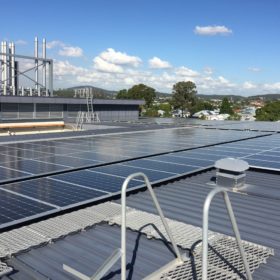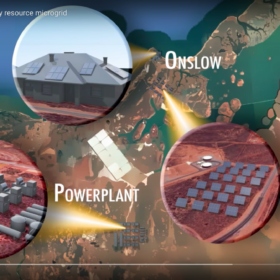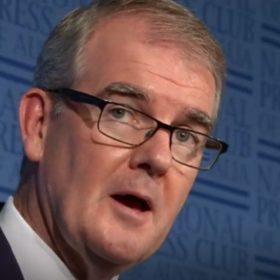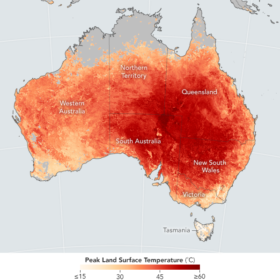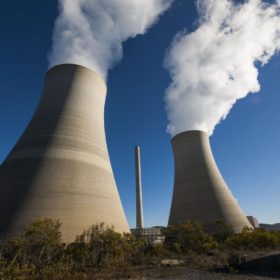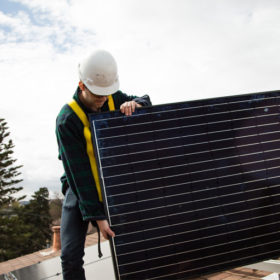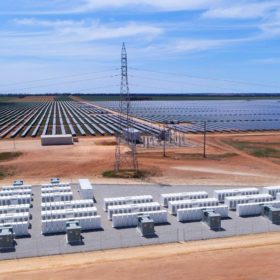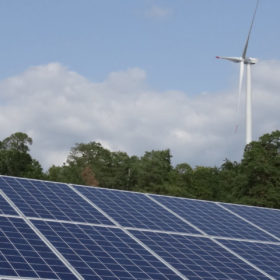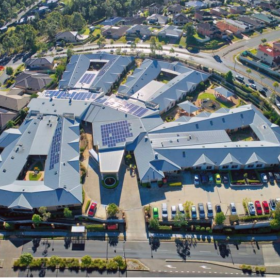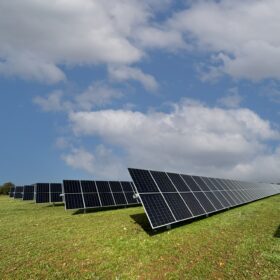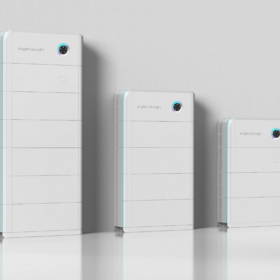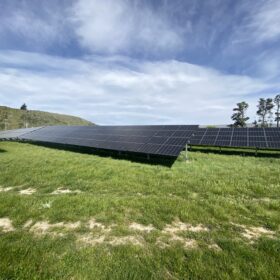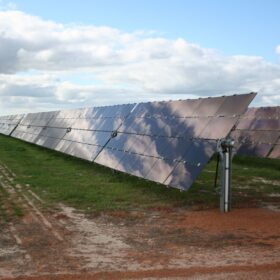NSW Coalition commits to support apartments going solar, module and battery recycling
If re-elected on Saturday, the NSW Coalition will change strata laws to reduce the minimum votes needed to install solar panels, battery storage and electric vehicle charging points in strata buildings. The government has also pledged to give $20 million more funding to the Emerging Energy Program and $10 million in funding for a solar panel and battery recycling program.
Horizon Power launches stage two of Onslo microgrid, Senec supplies batteries
Horizon Power, Western Australia’s regional power provider, has commenced the second stage of its Onslow microgrid project, which will provide local residents and businesses with access to low-cost solar and energy storage systems. German storage provider Senec has been chosen to supply batteries to the project.
NSW Labor’s $100-million solar schools promise
Labor’s Sunday solar schools announcement may not be the last renewables pledge it makes to win the hearts and minds of the NSW electorate. It takes into account the voice of climate-striking students, and every disaffected-teenage contribution to conversations around the dinner table.
Solar saves the (heatwave) day
The latest report from The Australia Institute corroborates solar’s pivotal role in shaving peak demand, particularly in the event of extreme conditions as seen in January. Renewables performed the best of all energy sources during the record-breaking summer of heatwaves, while coal clunkers were operating well below capacity, the findings confirm.
Without more solar and wind, NSW risks being left behind in the dark ages
Stating NSW was once a world leader on climate change, a new Climate Council report notes the state is now far behind being home to Australia’s oldest fleet of coal-fired power generators. While NSW public is highly supportive of renewable energy, state government policies fail to encourage more wind and solar projects beyond 2020.
NSW Labor commits to train 4,500 skilled solar electricians
After announcing a policy to drive 9 GW of renewable energy within a decade if elected, NSW Labor has pledged to invest $11 million to train and accredit electricians to install and maintain the new solar energy infrastructure in the state.
Victoria’s Powercor develops plan to avoid solar curtailment
The Victorian electricity distribution business has proposed network enhancements that aim to drive down power prices starting from 2021. It hopes to boost the safety and flexibility of the grid through the measures, which include network improvements to accommodate more solar and battery storage installations.
Blaming renewables for power failures is wrong
In the aftermath of January’s blackouts in Victoria and South Australia, public policy think thank Grattan Institute underlines that blaming renewable energy for supply failures is wrong and dangerous. The new report flies in the face of repeated claims by the Coalition government that renewables are undermining the reliability of electricity system.
Heatwaves and electricity supply, or how to stop a ticking bomb
As scorching heatwave drove up air conditioning power demand, faults at coal-fired power plants were directly responsible for blackouts across Victoria and South Australia. Extreme weather is debunking arguments for new fossil fuel generation, and signaling Australia’s energy security lies in renewables.
Renewables turn emissions tide and rooftop solar shoulders heatwave load
The Australia Institute’s first emissions audit of 2019 shows renewables pushing coal aside to reduce Australia’s emissions 20% below the peak recorded in 2008; and the load that January’s high temperatures would normally exert on the grid has been mitigated by high uptake of rooftop solar.
